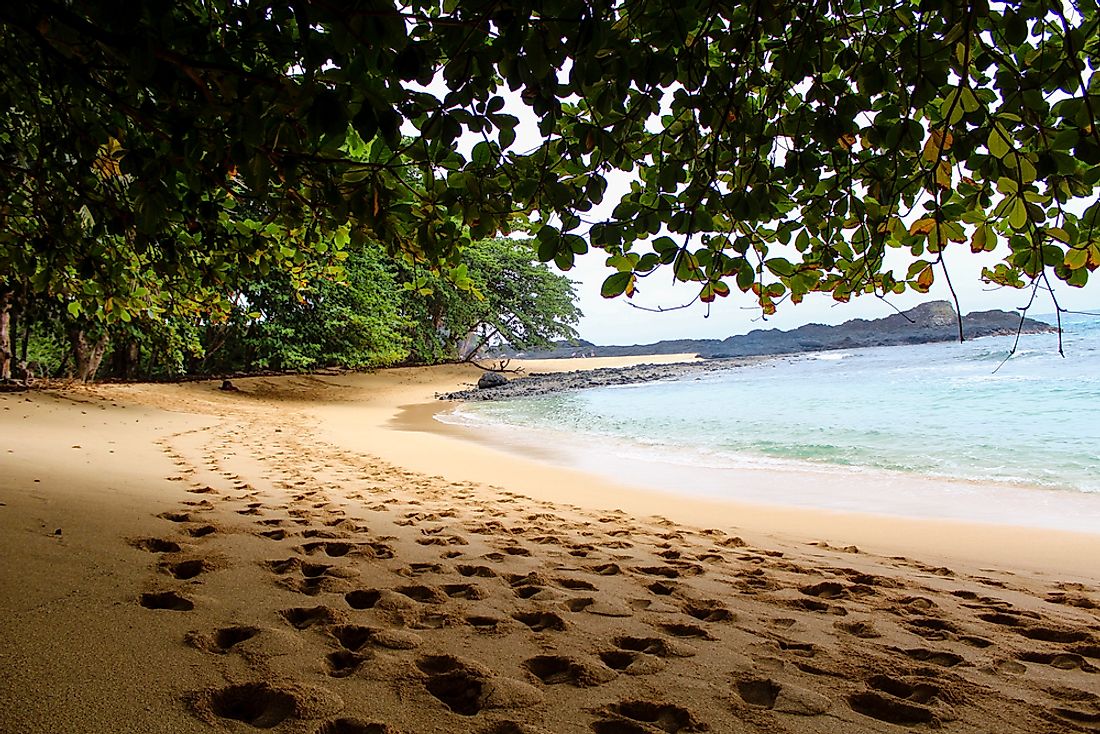What Languages Are Spoken In Sao Tome And Principe?

Portuguese enjoys official status in Sao Tome and Principe, and it is used by nearly all of its inhabitants. Sao Tome and Principe pride in a rich diversity of languages which reflects the ethnic mix present in the nation. Local varieties of the language also command a large speaking population such as Forro, Principense, Cape Verdean Creole, and Angolar. English and French are the two top foreign forms of speech taught in school.
Portuguese
The Sao Tome and Principe islands were occupied by the Portuguese from 1470 to 1975. The years of Portuguese colonialization firmly established the Portuguese language in the territory. Today, the nation ranks third regarding numbers of Portuguese users behind Portugal and Brazil. Sao Tomean Portuguese is the name given to the Portuguese dialect heard in the country. This dialect bears multiple similarities to Brazilian Portuguese in such aspects as syntax, vocabulary, pronunciation, and grammar. An estimated 98.4% of the residents of Sao Tome and Principe speak Portuguese while over 50% of the population use it as the first language.
Forro
36.2% of the inhabitants of the country use Forro which is a creole language based on Portuguese. The Portuguese crown encouraged mixed marriages between Portuguese men and female slaves of African origin. Children of such marriages were neither recognized as slaves or African and some attained status as Portuguese citizens. The children with darker complexions were referred to as "forro." Kwa and Bantu groups influenced this creole. Forro is heard in nearly all of Sao Tome Island, and there are some speakers in Principe. Dialects of Forro include Principense which is used in Principle Island and Annobonese used in Equatorial Guinea.
Angolar Creole
Angolar Creole is recognized as a minority language in the nation. It has speakers in the southernmost towns of the island of Sao Tome, and it is also spoken sparsely along the coast. The Creole derives influences from Portuguese and a Kimbundu dialect. Kimbundu is among the Bantu languages of Africa spoken in inland Angola. Multiple slaves were taken from this region to Sao Tome island, and they formed a new form of speech from their language and Portuguese.
Principense Creole
Principense Creole, also known as Lunguie, is used by 1% of the population. It is also a Portuguese Creole mainly spoken in Principe island. Principense features numerous similarities with Forro, and it is sometimes ranked as a Forro dialect. The language has substrates of Bantu and Kwa. Elderly women largely use Principense, and Ethnologue estimates that there are about 200 indigenous speakers. Younger generations do not value or speak Principense resulting in a fast decline of its use.
Foreign Languages Spoken In Sao Tome And Principe
8.5% of the country's population use Cabo Verdian which is native to Cape Verde. Like the Creoles of Sao Tome and Principe, Cabo Verdian is based on Portuguese, and it is recognized as the oldest among all Portuguese-based creoles. Cabo Verdian is spoken as a second language by communities of the Cape Verdean diaspora. Residents of Sao Tome and Principe learn English and French in the country's schools. French and English are spoken by 6.8% and 4.9% of the population respectively.
What Languages Are Spoken In Sao Tome And Principe?
| Rank | Language | % of population speaking the language |
|---|---|---|
| 1 | Portuguese | 98.4% |
| 2 | Forro | 36.2% |
| 3 | Cabo Verdian | 8.5% |
| 4 | French | 6.8% |
| 5 | Angolar | 6.6% |
| 6 | English | 4.9% |
| 7 | Other | 2.4% |
| 8 | Lunguie | 1% |







